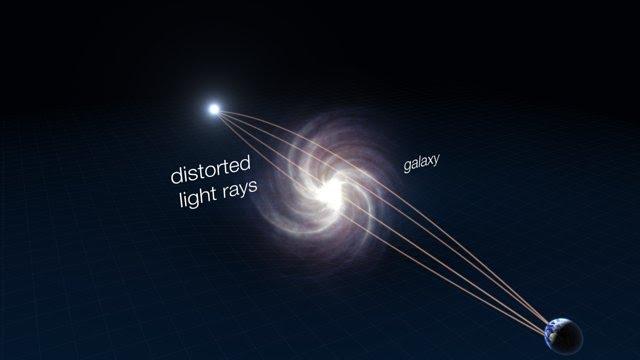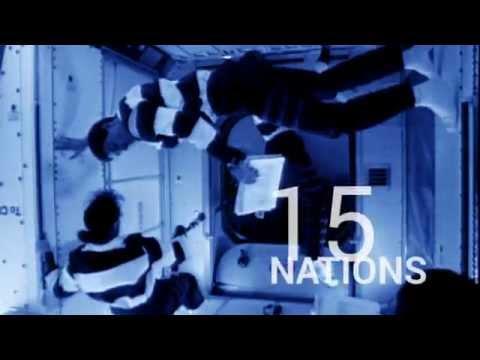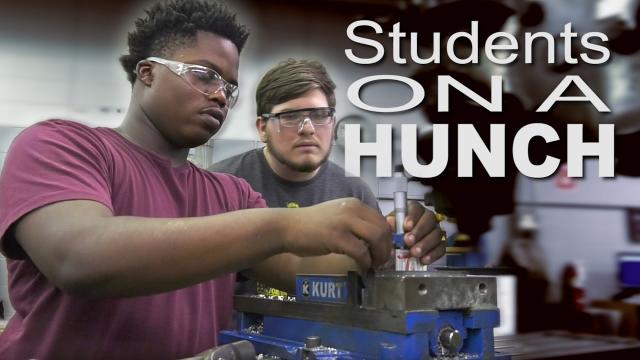Outer Space & Universe
Outer Space & Universe
Space, also known as outer space, is the near-vacuum between celestial bodies. It is where everything (all of the planets, stars, galaxies and other objects) is found.
On Earth, space begins at the Kármán line (100 km above sea level). This is where Earth's atmosphere is said to stop and outer space begins. This is not a firm boundary but is a convention used by scientists and diplomats.
Items in space are free to move back and forth; up and down; and left and right. These three dimensions are what make 3D space. Items also move forward through time, which is sometimes called the fourth dimension.
The majority of space contains very little matter and so most of it is a vacuum. Scientists do not know how big space is but we do know that space is extremely big, and is always expanding.
According to the big bang theory, all matter and energy in the Universe was compressed into a very small space. Then it exploded and started expanding. Space is still growing in size today; this means the distance from one galaxy to distant galaxies is getting longer.
Gravity is the force that keeps the Moon in orbit around the Earth and the planets in orbit around the Sun. Gravity can stretch and bend space similar to how a heavy ball placed on a stretched sheet of rubber will cause the rubber to stretch. The scientist who discovered that space can bend is named Albert Einstein. How gravity bends space is part of his theory of general relativity.
Astronauts, Cosmonauts, Taikonauts and Spationauts
An astronaut is any person who is trained by NASA to travel and perform tasks in space. Although the space traveler may not necessarily be a United States citizen, each astronaut does go through a rigorous training regiment by the National Aeronautics and Space Administration. Other space travelers go by other names then astronaut depending on their country of origin.
In the United States, astronaut is derived from the Greek words ástron (star) and nautis (sailor). While, in Russia, a space traveler goes by the name космонавт (English: cosmonaut), which is derived from the Greek words kosmos (universe) and nautis (sailor). Westerners call a space traveler from China a taikonaut, based on the 1998 writings of Chiew Lee Yik and Chen Lan where the term tàikōng (great emptiness), Chinese for “space”. In China, the term yuháng yuán (universe navigator) is used for space traveler.
Only the United States of America (United States), Russia (earlier, the Union of Soviet Socialist Republics), and the People’s Republic of China (China) have sent manned spacecraft into space. Other countries have assisted these countries by sending their own space travelers on space missions. For instance, a French space traveler is called a spationaut (from the French word spationaute), which is derived from the Latin spatium (space) and Greek nautis (sailor). (plural in Greek nautes = sailors)
-
00:59
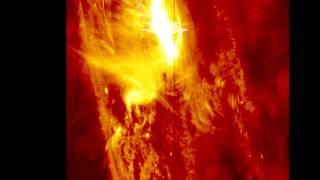
Strong Solar Flare Eruption Caught on Video
Added 747 Views / 0 LikesOn January 28th, 2014, NASA's Interface Region Imaging Spectrograph (IRIS) witnessed an M-class flare, the strongest its seen since it was launched. The spacecraft studies the Sun's chromosphere.
-
01:06
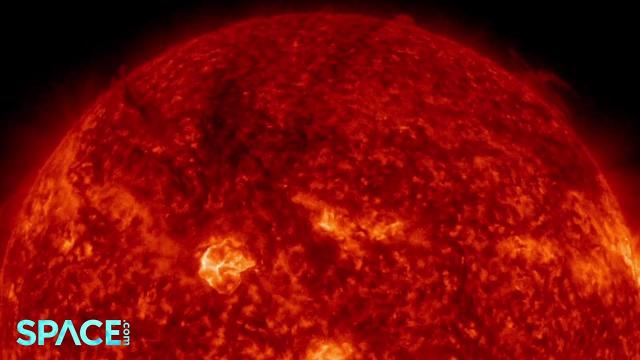
Strong solar flare spews dark plumes of plasma, solar storm Earth-bound
Added 109 Views / 0 LikesSunspot AR3757 erupted with an M1-class solar flare and a plasma plume on July 21, 2024. "NASA models predicts it will hit Earth during the late hours of July 24th," according to Spaceweather.com.Footage courtesy: NASA / SDO and the AIA, EVE, and HMI scie
-
00:49
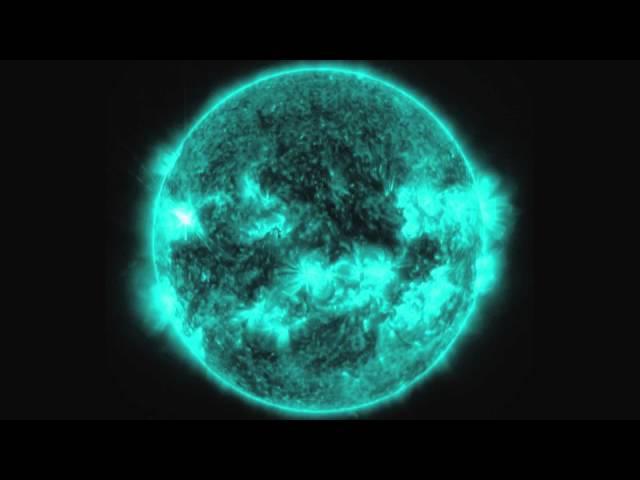
Strong Solar Flare Spits Fire, Snapped By Spacecraft | Video
Added 901 Views / 0 LikesStrong Solar Flare Spits Fire, Snapped By Spacecraft | Video
-
01:05
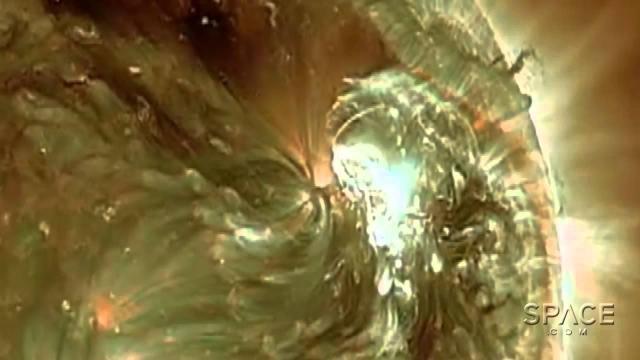
Strong Sun Flare Could Trigger Earthly Storm | Video
Added 687 Views / 0 LikesStrong Sun Flare Could Trigger Earthly Storm | Video
-
01:05
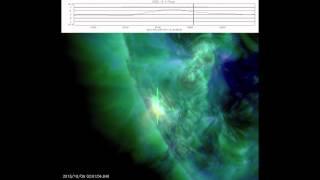
Strongest Solar Flare In Nearly Two Months Seen By Spacecraft | Video
Added 768 Views / 0 LikesAn M2.8 class flare erupted from Sunspot AR1865 on October 9th, 2013. NASA's Solar Dynamics Observatory captured the fireworks. (looped)
-
04:32
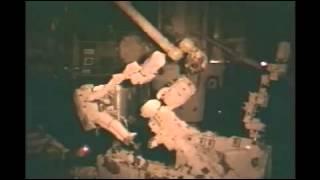
STS 123 Rewind - Dextre On-Orbit Assembly
Added 607 Views / 0 LikesSpacewalkers struggle to awaken the monstrous space station robot. Credit:NASA/Space.com
-
01:25
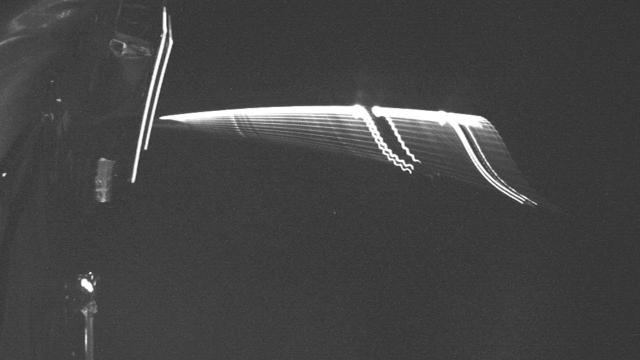
Stuck JUICE spacecraft antenna finally jarred loose using ‘non-explosive actuator’
Added 225 Views / 0 LikesESA fired a ‘non-explosive actuator’ in stuck bracket of the ESA JUICE spacecraft's RIME antenna to jar in loose. Mission controllers have been trouble shooting the antenna deployment for 3 weeks. Credit: Space.com | footage & animation courtesy: ESA | ed
-
04:06
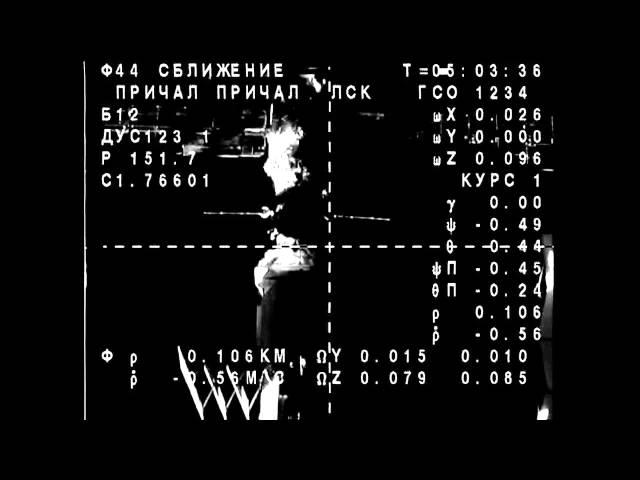
Stuck Solar Array, No Problem - New Space Station Crew Docks | Video
Added 802 Views / 0 LikesStuck Solar Array, No Problem - New Space Station Crew Docks | Video
-
00:54
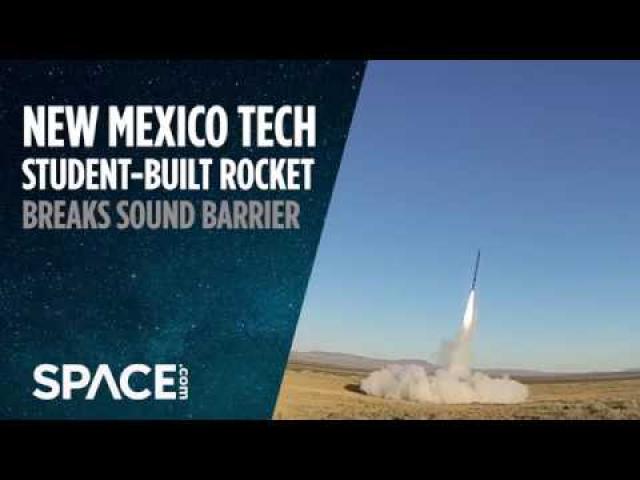
Student-Built Rocket Breaks Sound Barrier - Watch It Launch
Added 398 Views / 0 LikesA sounding rocket built by students from New Mexico Tech that reached a maximum velocity of mach 1.27 (1.27X speed of sound). -- Full Story: https://www.space.com/40593-watch-supersonic-student-built-rocket-launch.htmlCredit: Space.com / footage courtesy
-
01:39
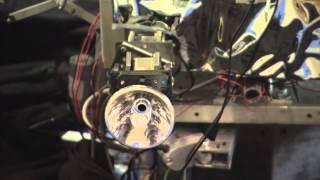
Students Build Deployable Webb Space Telescope Model | Video
Added 725 Views / 0 LikesEngineering students from California Polytechnic Institute demonstrated their two deploying models of the Webb Space Telescope, which are capable of doing the same complex unfolding process the real satellite will accomplish in 2018.
-
08:40
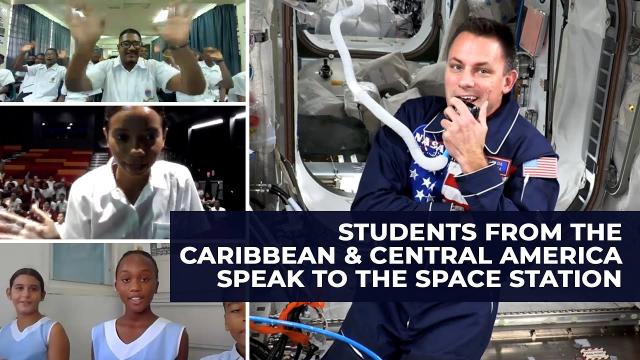
Students from the Caribbean and Central America Speak to the International Space Station
Added 148 Views / 0 LikesDuring this event, students from the Caribbean and Central America had the opportunity to speak with Astronaut Josh Cassada to learn about natural disaster research and monitoring, as seen from the unique perspective of the International Space Station. Mo
-
07:09
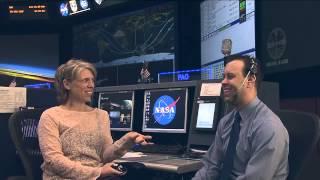
Students Send Ants To Space Station | Video
Added 674 Views / 0 LikesNASA Associate ISS Program Scientist Tara Ruttley talks about the experiment and other science on the latest Orbital Sciences cargo run.
-
01:10
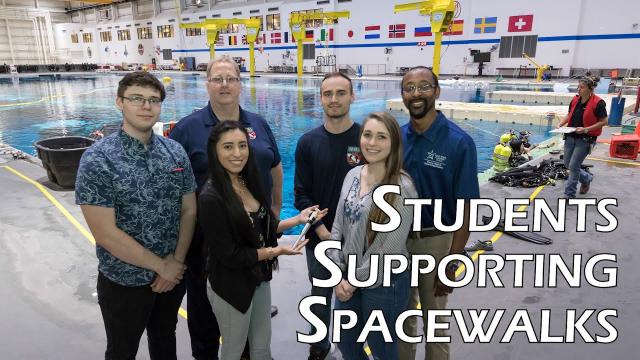
Students Supporting Spacewalks
Added 379 Views / 0 LikesDid you know undergrad students are contributing to NASA missions? Check out the MicrogNExT Lone Star College-Cy Fair team’s contribution to International Space Station spacewalks! Learn how you – the Artemis generation -- can contribute to NASA’s mission
-
00:45
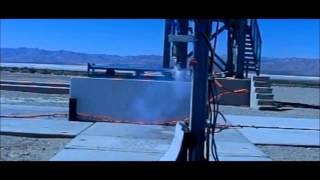
Students Test Fire 3D Printed Rocket Engine | Video
Added 846 Views / 0 LikesUC San Diego became the first university to design, print and test an 'additively-manufactured 'rocket engine. It was printed from Cobalt Chromium. The students were part of UCSD's chapter of Students for the Exploration and Development of Space (SEDS) Cr
-
09:26
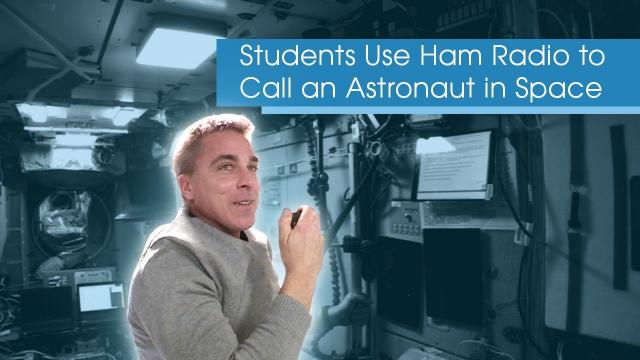
Students Use Ham Radio to Call an Astronaut in Space
Added 346 Views / 0 LikesOn May 15, 2020, Canadian students used ham radio to talk with NASA astronaut Chris Cassidy, currently aboard the International Space Station. Thanks to ham radio operators and the International Space Station program, the students were able to participate
-
01:24
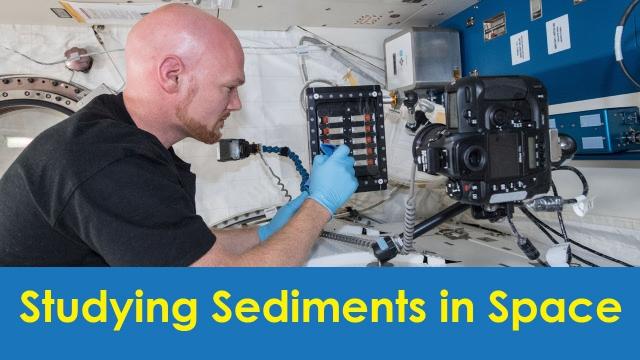
Studying Sediments in Space
Added 370 Views / 0 LikesStudying Sediments in Space Quantifying Cohesive Sediment Dynamics for Advanced Environmental Modeling (BCAT-CS) focuses on the study of forces between particles that cluster together by studying sediments of quartz and clay particles. By conducting the r
-
01:46
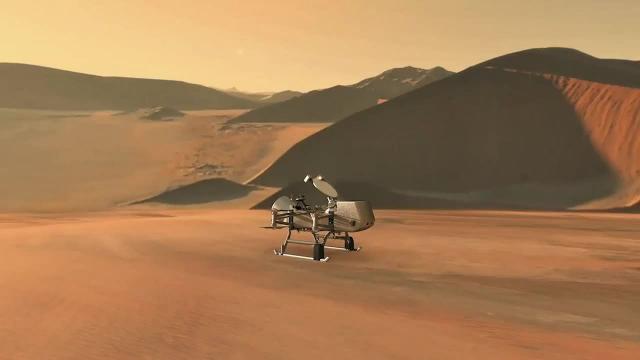
Studying Titan with a 'Dragonfly' Rotocraft - NASA is Excited!
Added 406 Views / 0 LikesNASA’s Director of Planetary Science Dr. Lori Glaze and Associate Adminstrator Dr. Thomas Zurbuchen talk about the just announced mission to Saturn’s moon Titan. -- Drones Are Going Interplanetary: https://www.space.com/nasa-drone-exploration-dragonfly-ma

